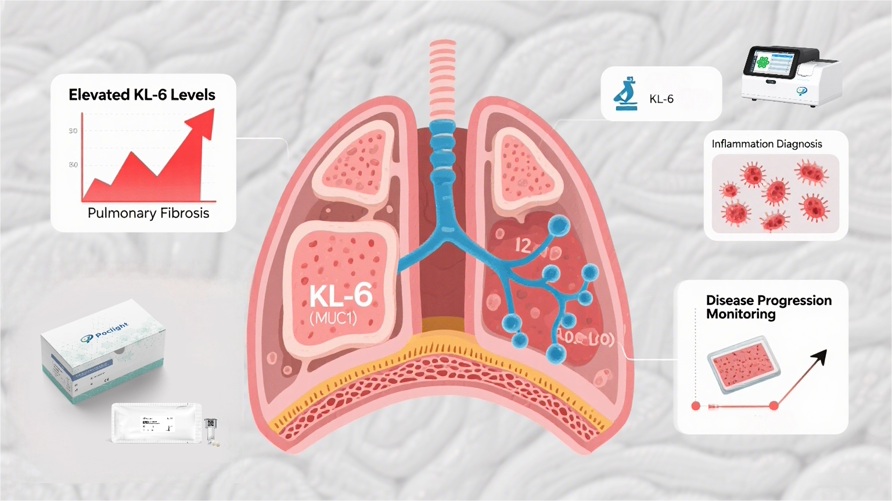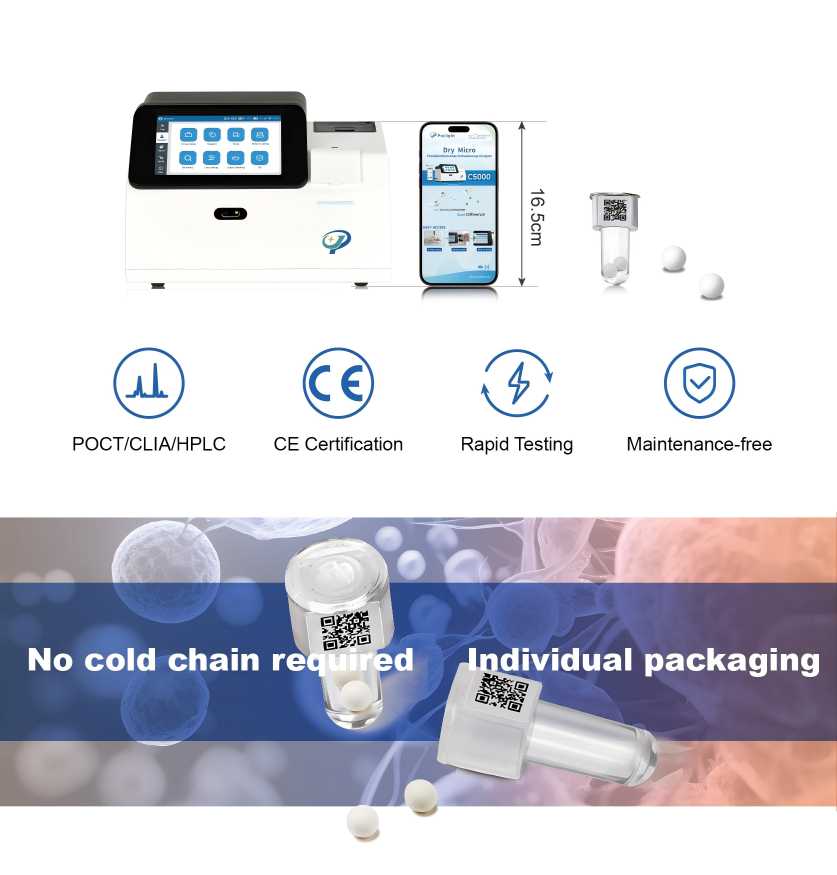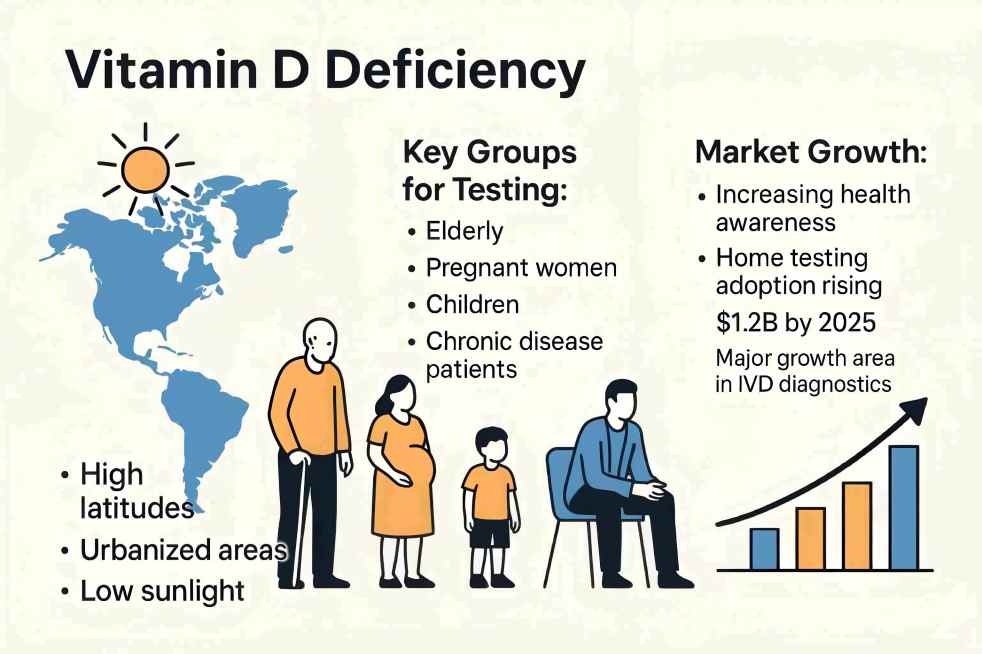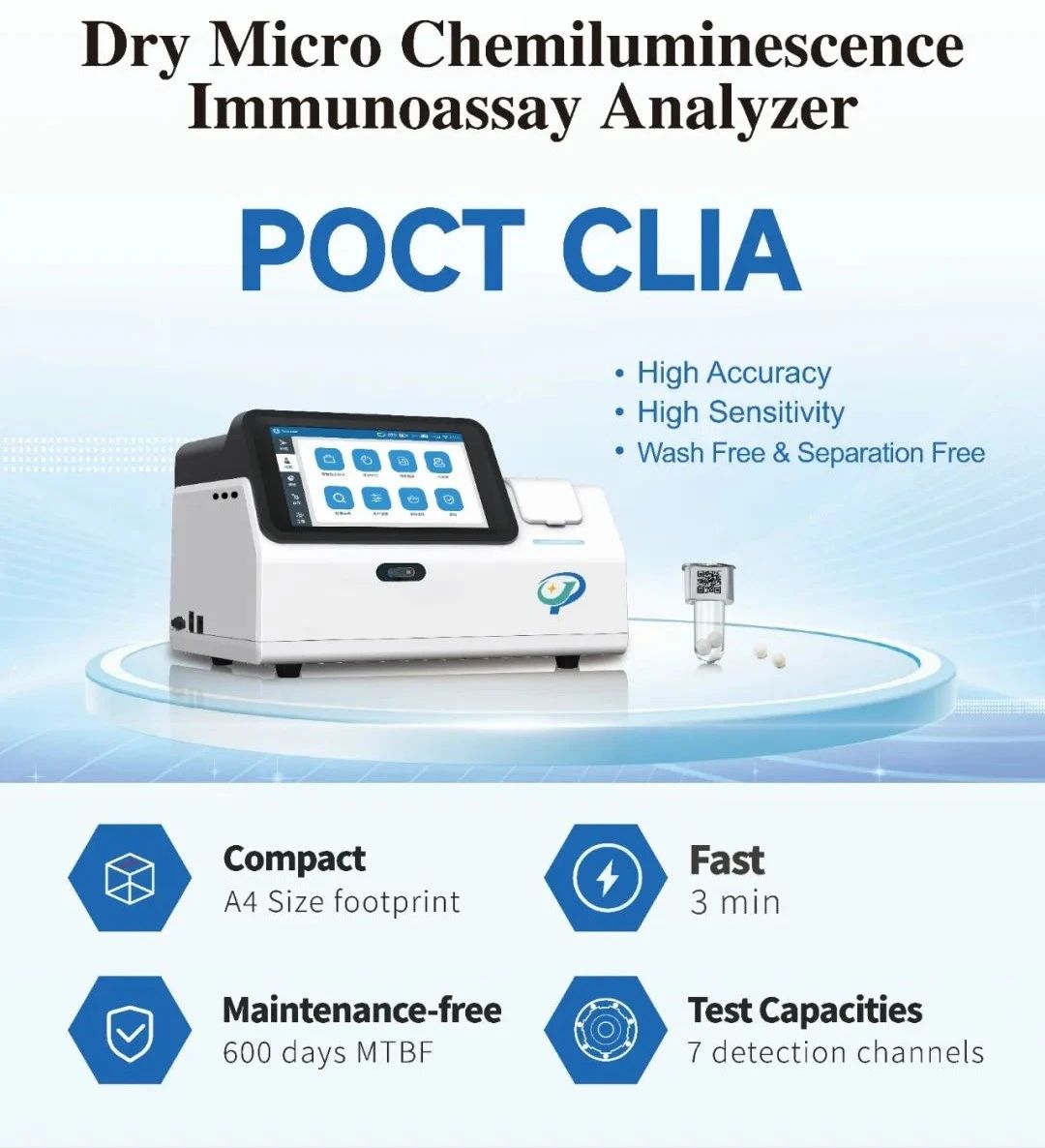Specimen transportation refers to the process of moving biological samples—such as blood, tissue, urine, or pathogens—from one location to another, typically between collection sites (like clinics or laboratories) and testing facilities, research centers, or storage units. This critical step ensures that specimens remain viable, uncontaminated, and compliant with safety regulations, as the integrity of these samples directly impacts diagnostic accuracy, research outcomes, and public health.
In medical and scientific contexts, specimen transportation is a linchpin of healthcare delivery and biomedical progress. For instance, a blood sample collected at a rural clinic may need to be transported to a central laboratory for specialized testing, while a research team might ship microbial cultures to a partner institution for collaborative studies. Regardless of the type of specimen, the process demands meticulous planning to address risks like temperature fluctuations, physical damage, or exposure to biohazards.
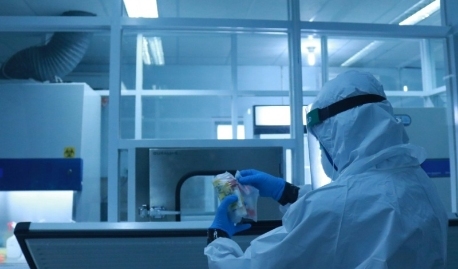
A key component in safe and effective specimen transportation is the use of specimen bags.
These specialized containers are designed to mitigate risks associated with handling biological materials. Typically made of durable, leak-resistant plastic, specimen bags often feature multiple layers: an inner pouch to hold the specimen tube or container, a middle layer for absorbent material (to contain spills), and an outer layer with a secure seal. This three-layer system acts as a barrier against leaks, which is crucial for preventing exposure to hazardous biological materials and cross-contamination.
Moreover, specimen bags are often marked with clear labels, including biohazard symbols, to alert handlers to the nature of the contents and ensure proper handling procedures are followed. This labeling is essential for compliance with international regulations, such as those set by the International Air Transport Association (IATA) for the transport of dangerous goods, including biological specimens.
Beyond specimen bags, successful specimen transportation involves other critical considerations, such as maintaining appropriate temperature conditions (using coolers or refrigerated containers) to preserve sample integrity, ensuring proper packaging to withstand physical stress during transit, and documenting the chain of custody to track the specimen’s journey and ensure accountability.
Specimen transportation is a vital process that enables the safe and reliable movement of biological samples, supporting essential activities in healthcare, research, and public health. Specimen bags play a central role in this process, providing a secure and compliant means of containing specimens and protecting handlers and the environment from potential hazards. By adhering to best practices and regulatory standards, specimen transportation ensures that samples remain viable and fit for their intended purpose, from collection to analysis.
